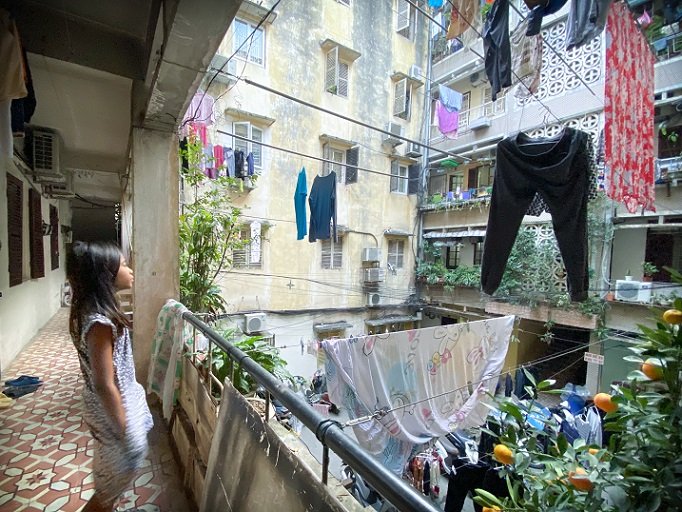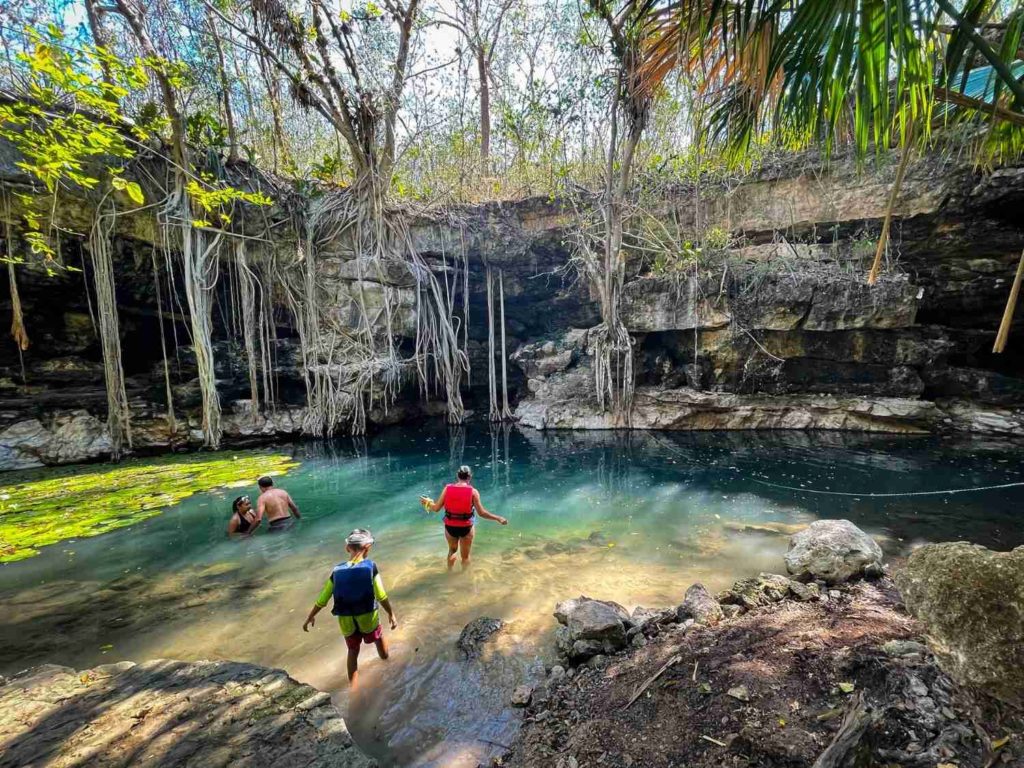5 Useful Sustainable Tourism Examples For Families
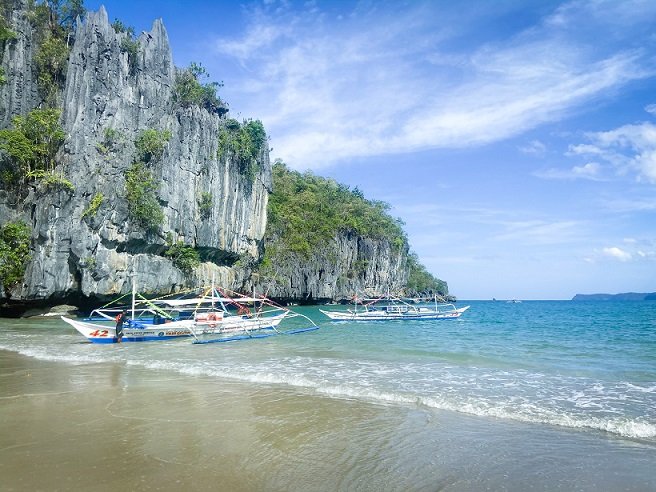
When we travel, we often focus on what we’ll get from an experience. We think about the lessons we’ll learn, the challenges we’ll face, and the things we’ll see. Rarely do we think about the sustainable tourism examples that families can do as they travel.
As my family and I have been traveling throughout the world, I’ve been thinking more about how my family’s actions impact the places we visit. I really want to make sure that my family and I are practicing sustainable and responsible tourism.
This post was updated on May 25, 2020.
This post may contain affiliate links. That means I may receive a small commission if you click on the link and purchase something. But don't worry, this will not result in any extra costs to you.
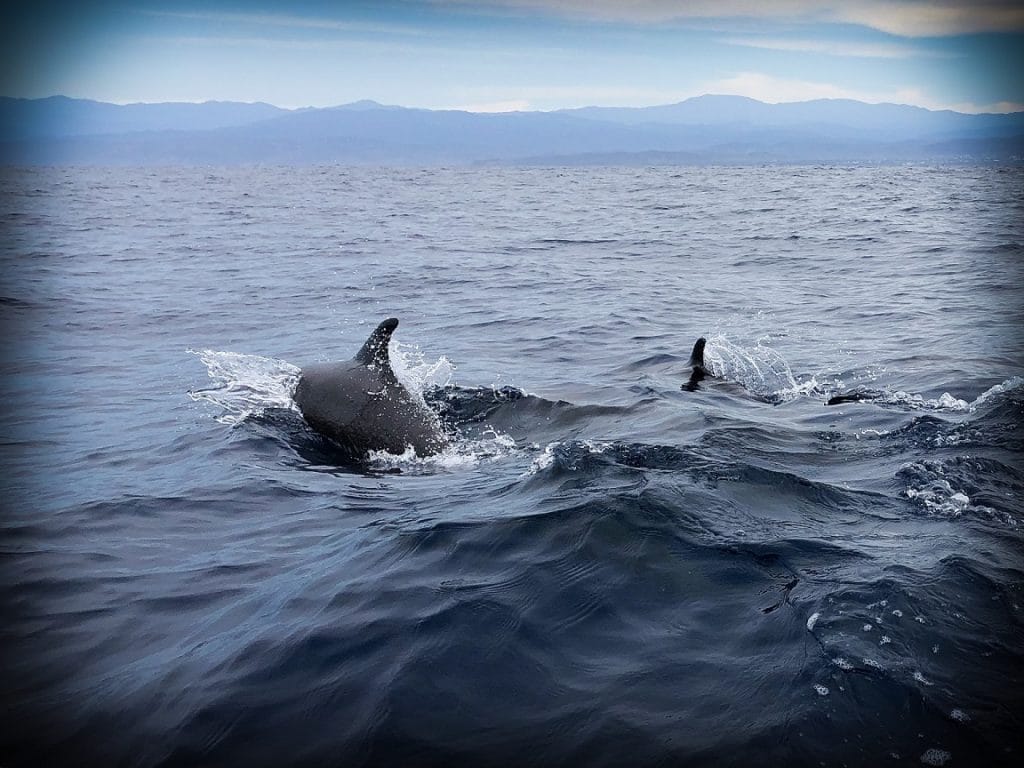
The impactful power of travel
We’ve been visiting a lot of popular tourist destinations lately. I can’t help wonder how tourism has impacted those destinations over the years. While I’m sure these places have benefited economically from tourism, I’m curious if the cultures and demographics have changed as a result.
I still hold to the idea that travel is ultimately a force for good. But as the travel industry evolves, and as more and more people travel, I think it’s time that we start looking at sustainable tourism examples to help make travel better.
Learn about about traveling responsibly by reading my sustainable travel posts.
What is socially responsible tourism?
Socially responsible tourism involves being mindful about the impact our actions have when we travel. It’s making sure that what we’re doing isn’t hurting the people, the environment, or the destinations that we’re visiting.
Sometimes we think that a certain activity is harmless. Staying at a beach resort. Posing for a picture with an animal. Eating at a popular ethnic restaurant. But when we dig down further, we realize that these activities are actually causing harm.
That beach resort may have been built on land that was formerly the habitat of an endangered species. The tiger that tourists pose with for photos was drugged by its handlers so that it could stay calm. The ethnic restaurant that’s all the rage is owned and operated by people who have no connection to that culture (or even worse, never even traveled there).
Socially responsible tourism means looking beyond the surface to see the consequences and impacts of the things we experience as travelers. We need to look at the long term effects of tourism in a destination, and choose things that will benefit (rather than harm) the destinations in the long run. And fortunately for families, there are many sustainable tourism examples that we use to help guide our own actions.
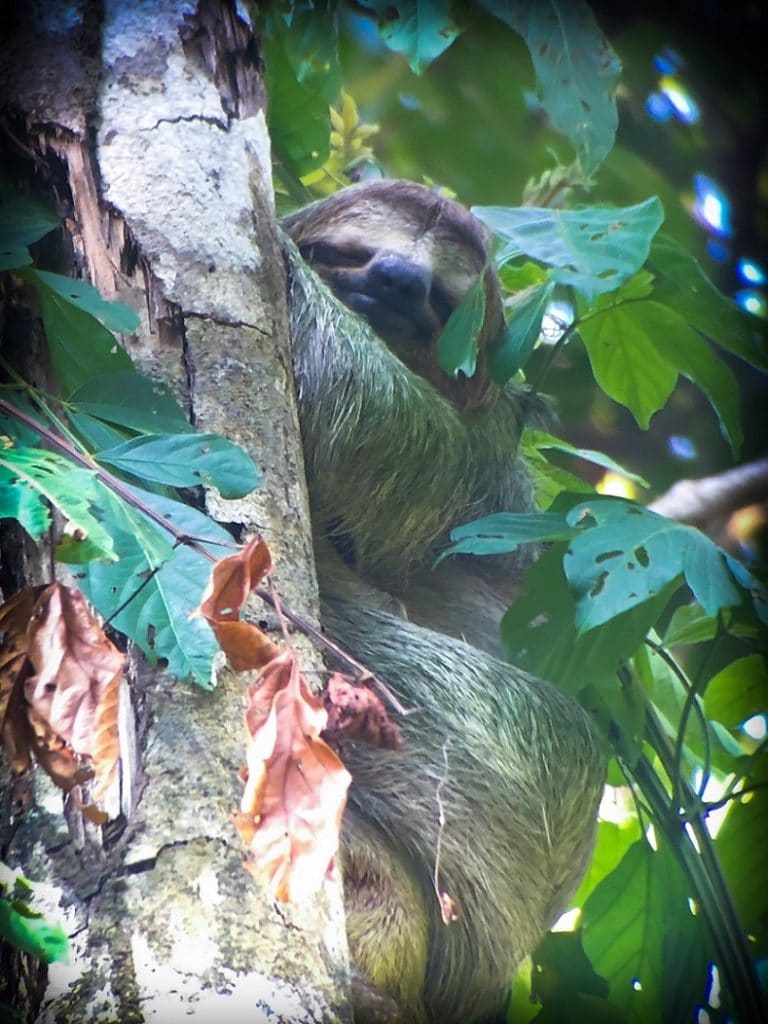
Sustainable tourism examples for families
I’ve written about how to travel responsibly before. But I felt like there was so much that I didn’t get a chance to cover. As we continue on our travels, we've come across new situations that force us to pause and think about how to travel responsibly. I wanted to share these sustainable tourism examples with other families.
Practicing sustainable and responsible tourism is no simple feat. It’s complicated and nuanced, and there will always be areas that fall in the gray. Something that you think might be helpful can have unintended negative consequences. It’s sometimes hard to know how to be a responsible traveler.
If you’re not sure where to start when it comes to socially responsible tourism, here are some sustainable tourism example to give you inspiration.
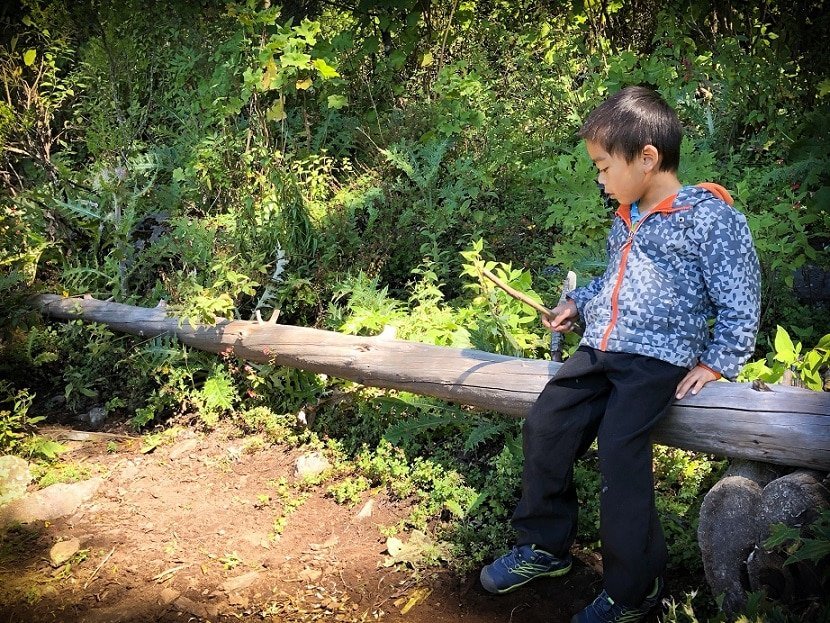
1. Staying at locally owned hotels
We hardly ever stay in hotels, mainly because it can get quite expensive for our family. When we do stay in hotels, our aim is to choose locally owned ones.
Sometimes it can be hard to determine whether the owner of a hotel is a local or a foreigner until after you get there. One way we maximize our chances of supporting a locally owned hotel is to avoid staying at international chains.
2. Being conscious of the environmental impact of hotel stays
Another thing to consider is the environmental impact of staying at hotels. How often are they changing sheets or washing towels? A family we know puts the “Do Not Disturb” sign on the door when they go out, so that housekeeping will skip their room. We don’t go so far as doing that, but we do small things like shutting off the AC when we leave, or making sure to hang our towels instead of leaving them on the floor.
A more complicated issue to consider is the physical space that your hotel is taking up. Is it a sprawling resort, occupying acres of grounds with one-room bungalows? Or is it a high rise in a city? Consider what occupied that land before the hotel existed. Is the hotel employing local staff? Do they seem to enjoy their jobs? Many of the sustainable tourism examples for hotels are nuanced, and we need to understand the implications of our choices.
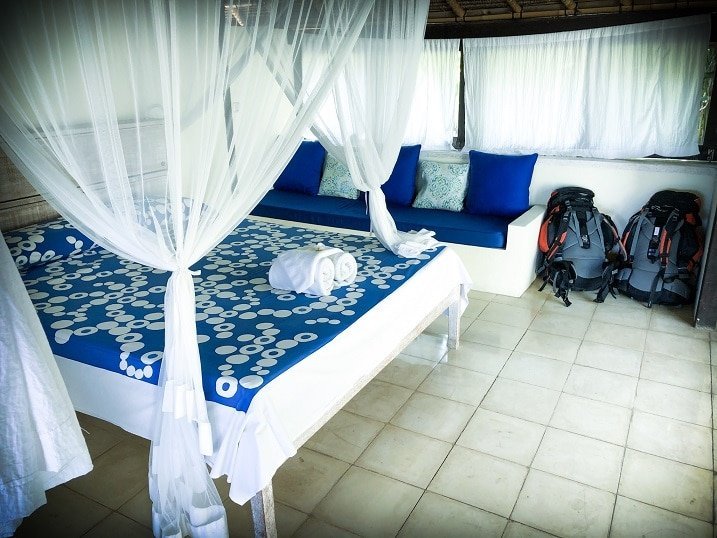
3. Using Airbnb in a responsible way
Airbnb gets a bad rap among those who advocate for socially responsible tourism. Many are quick to point out how Airbnb is pushing out locals from the tourist-heavy destinations, as owners start to favor short-term rentals over long-term ones. But I personally think the issue of gentrification is more complicated than simply pointing the blame to Airbnb.
From a family traveler perspective, using Airbnb for family travel helps make travel more accessible. Our Airbnb in Puerto Vallarta cost us roughly $60 per night. If we had stayed in a hotel, it would have cost us $15 more per night, not to mention the added costs of eating out for every meal (rather than being able to cook our own meals from time to time). For a full-time traveling family like us, that extra $15 a night equates to over $5,000 over the course of a year!
I can’t deny that Airbnb hasn’t had an impact on the travel industry since its inception. But one of the sustainable tourism examples when it comes to Airbnb is to choose properties that are owned by locals. Take a look at the owner’s profiles and see where they’re based. And try to choose owners with only one or two listings, rather than multiple listings.

4. Tip according to the local custom
I got into a heated online debate with someone about the topic of tipping. This person was saying that over-tipping, especially in countries where wages are low, helps compensate for the low wages that person is getting. I argue, though, that over-tipping is harmful to people in the long run.
For one thing, in places where the locals make a low wage, tourists tipping high at a restaurant will eventually lead servers and restaurants to favor tourists over locals. Ultimately, the locals are driven out, or out-priced. When it comes to tipping, being mindful of the long-term impact of your tip is important for sustainable and responsible tourism.
On a much longer term scale, the existence of tips provides no incentive for employers to increase the wages of their employees. If employees are making good money from tips, then employers can justify keeping the wages low, since the tips will cover the remainder of pay. You see this in the US, where the minimum wage for tipped employees in at least 18 states is $2.13, even though the federal minimum wage is $7.25.

5. Do research about the destinations you're visiting and activities you're doing
For families, my best suggestion is to do your research beforehand. Look for your own sustainable tourism examples, and discuss them with your kids.
Use this as a schooling opportunity for your kids. You can read books with your kids about the cultures of the places you will visit, or books about the geography and animals of the places you visit.
While we were visiting Lombok, Indonesia, we spent time learning about the coral reefs. One of our kids' favorite books is a comic about coral reefs called, Coral Reefs: Cities of the Ocean. We loved reading the book, and then going snorkeling afterward and seeing all the things in real life.
The wonderful thing about travel is that kids can learn so much from their experiences. This is what we like to refer to as worldschooling. Essentially, taking time to learn about where you're going beforehand can make your travel experience so much richer. And it can help you to be more respectful to the places you visit.
Want to learn about worldschooling? Explore the worldschooling topics here.
Seeking out more sustainable tourism examples as we travel
Practicing sustainable and responsible tourism is important for parents, because your kids are learning from what you do. Whether you know it or not, you’re teaching them how to be a responsible traveler just by modeling behavior. You're giving them sustainable tourism examples that they can draw from in the future.
I have to admit, my family and I don’t live this every day. We’ve stayed at international chain hotels. We’ve booked Airbnbs that were owned by foreigners. And we have given high tips to servers or tour guides. The thing with practicing sustainable tourism is that it takes a conscious effort every day. And sometimes, you have to weigh the benefits with the consequences.
In the end, the main key for how to be a responsible traveler is to be a mindful traveler. Don’t just consume travel purely for entertainment. Think about the big picture.
Do you have your own sustainable tourism examples? Share them with me in the comments!
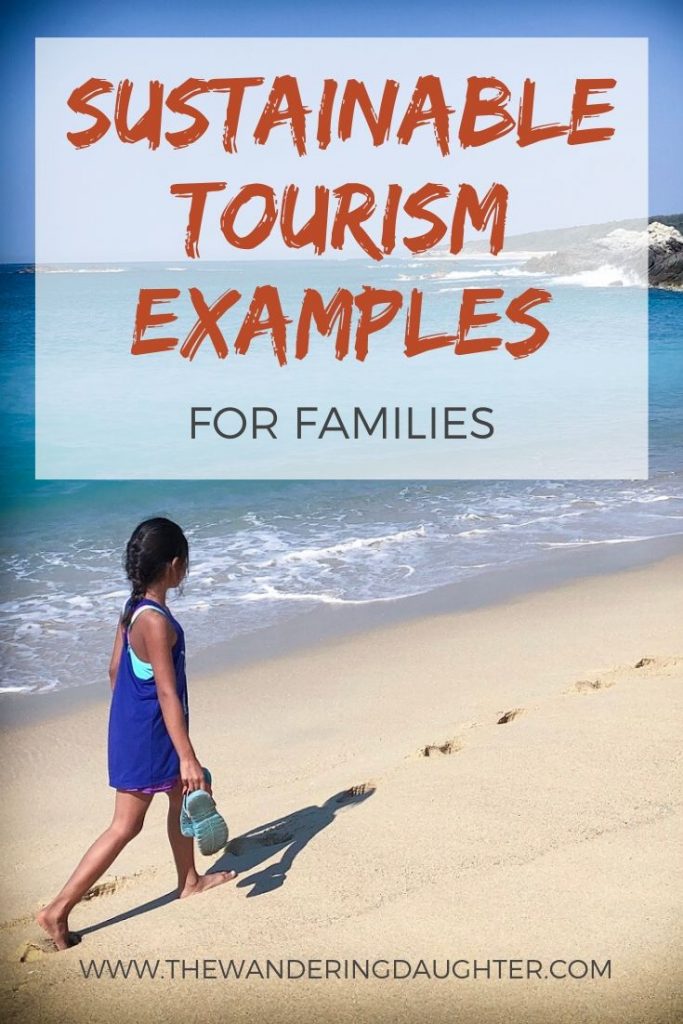
Need help thinking through how to budget for a family trip? My Travel Budget Worksheet is just the tool you need! Click here to receive your free copy by signing up for my newsletter.
Want to connect with me on social media? Find me on Facebook, Instagram, Pinterest, and Twitter. And for those of you who are dedicated to traveling more responsibly, sustainably, and ethically, join over 200 like-minded families on my Facebook group, Responsible Family Travel.


